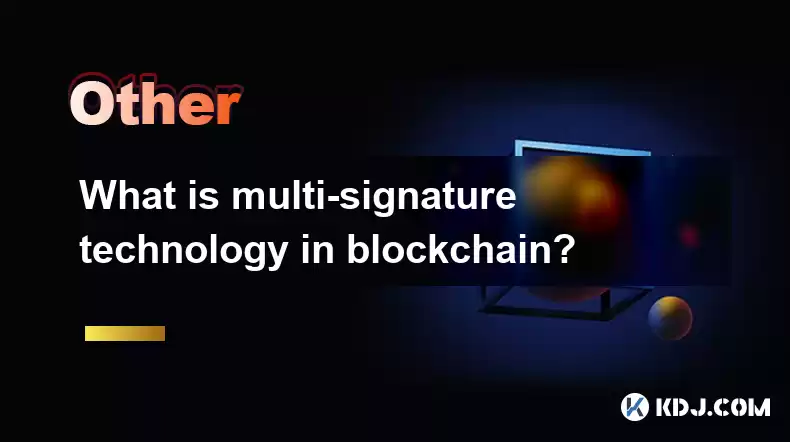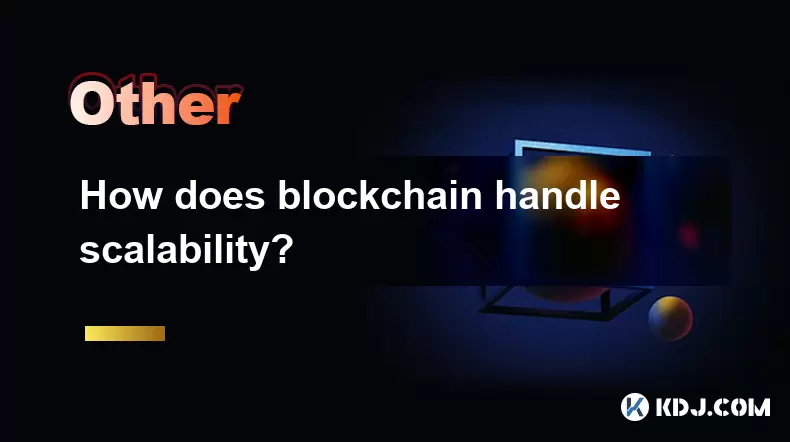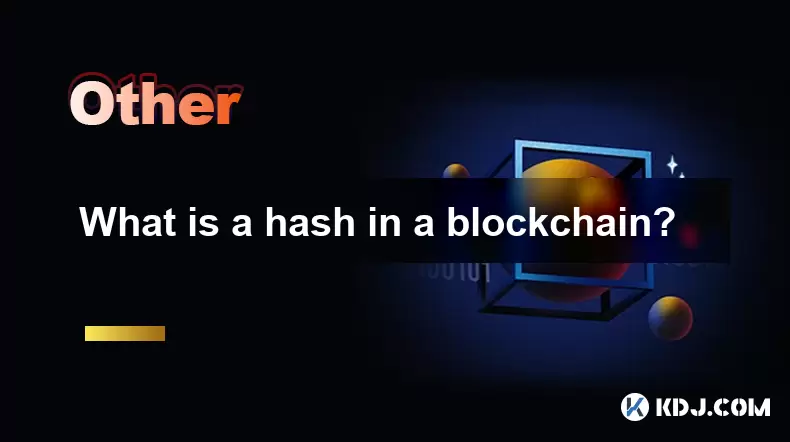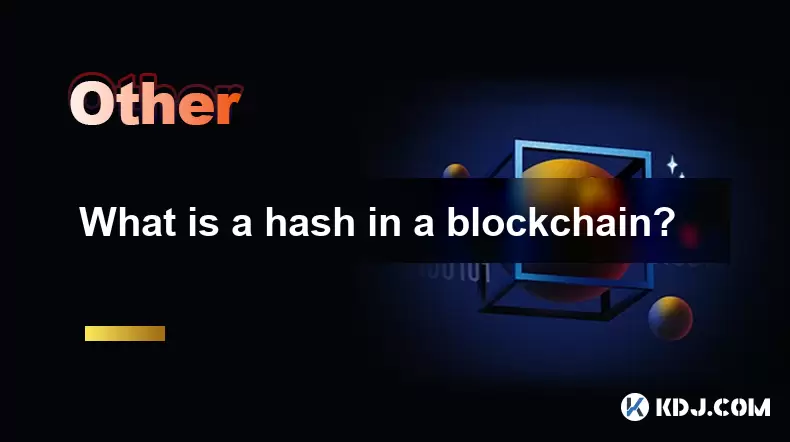-
 Bitcoin
Bitcoin $113900
-1.39% -
 Ethereum
Ethereum $3517
-4.15% -
 XRP
XRP $3.009
1.59% -
 Tether USDt
Tether USDt $0.9997
-0.04% -
 BNB
BNB $766.8
-1.41% -
 Solana
Solana $164.6
-2.38% -
 USDC
USDC $0.9998
-0.02% -
 TRON
TRON $0.3277
0.65% -
 Dogecoin
Dogecoin $0.2023
-1.67% -
 Cardano
Cardano $0.7246
0.05% -
 Hyperliquid
Hyperliquid $38.27
-4.77% -
 Sui
Sui $3.528
-0.52% -
 Stellar
Stellar $0.3890
-0.73% -
 Chainlink
Chainlink $16.16
-2.69% -
 Bitcoin Cash
Bitcoin Cash $539.9
-4.38% -
 Hedera
Hedera $0.2425
-2.00% -
 Avalanche
Avalanche $21.71
-0.97% -
 Toncoin
Toncoin $3.662
5.73% -
 Ethena USDe
Ethena USDe $1.000
-0.02% -
 UNUS SED LEO
UNUS SED LEO $8.964
0.35% -
 Litecoin
Litecoin $107.7
2.33% -
 Shiba Inu
Shiba Inu $0.00001223
-0.40% -
 Polkadot
Polkadot $3.617
-0.97% -
 Uniswap
Uniswap $9.052
-2.49% -
 Monero
Monero $295.1
-3.79% -
 Dai
Dai $0.9999
0.00% -
 Bitget Token
Bitget Token $4.315
-1.85% -
 Pepe
Pepe $0.00001060
0.11% -
 Cronos
Cronos $0.1342
-2.72% -
 Aave
Aave $256.0
-0.87%
What is multi-signature technology in blockchain?
Multi-signature (multisig) blockchain technology enhances security by requiring multiple private keys to authorize transactions, mitigating the risk of single-point-of-failure vulnerabilities inherent in single-signature systems.
Mar 03, 2025 at 05:13 am

What is Multi-Signature Technology in Blockchain?
Key Points:
- Definition and Core Functionality: Multi-signature (multisig) technology enhances blockchain security by requiring multiple private keys to authorize a transaction. This contrasts with single-signature schemes where a single private key controls access. We will explore the various types of multisig setups and their implications for security and control.
- Security Enhancements: Multisig significantly improves security by reducing the risk of theft or unauthorized access. A single compromised private key no longer grants complete control over funds. The required number of signatures acts as a crucial layer of protection. We will examine different multisig configurations and their relative security strengths.
- Use Cases and Applications: Multisig finds applications in various blockchain scenarios, from managing large sums of cryptocurrency to securing smart contracts and decentralized autonomous organizations (DAOs). We will analyze practical use cases across diverse blockchain platforms.
- Implementation and Technical Aspects: The implementation of multisig varies across different blockchains and wallets. We will delve into the technical details of how multisig is implemented, the different cryptographic algorithms involved, and the potential challenges encountered.
- Comparison with Single-Signature: A detailed comparison will highlight the advantages and disadvantages of multisig compared to traditional single-signature methods, clarifying when multisig is most beneficial.
Understanding Multi-Signature Technology in Blockchain
- Defining Multi-Signature: Multi-signature technology, often abbreviated as multisig, is a cryptographic mechanism that necessitates multiple digital signatures to authorize a transaction on a blockchain. Unlike single-signature schemes where a single private key grants complete control, multisig introduces a layer of redundancy and security. Imagine a vault requiring multiple keys to open; this is analogous to how multisig works. The specific number of required signatures and the total number of available signatures are configurable, providing flexibility depending on the desired level of security and control. For example, a 2-of-3 multisig setup requires two out of three designated private keys to approve a transaction. This distributes the risk; if one key is compromised, the funds remain safe as long as the other two keys are secure. The complexity and security of multisig implementations vary depending on the specific cryptographic algorithms and protocols employed, but the underlying principle of requiring multiple approvals remains consistent. The technology has evolved significantly, adapting to the ever-changing landscape of blockchain security and governance. The development and adoption of advanced cryptographic techniques have further strengthened the security offered by multisig, making it a robust solution for handling sensitive transactions.
- Security Implications and Advantages of Multi-Signature: The primary benefit of multisig is enhanced security. By requiring multiple signatures for transaction authorization, it mitigates the risk associated with a single point of failure – the compromise of a single private key. In a single-signature system, if the private key is stolen or lost, the entire balance is at risk. Multisig drastically reduces this vulnerability. Consider a scenario where a cryptocurrency exchange utilizes a multisig system to manage its hot wallet (a wallet connected to the internet). If a hacker compromises one key, they cannot access the funds without obtaining the others. This significantly raises the bar for attackers, requiring a more sophisticated and complex attack to succeed. Furthermore, multisig can help prevent accidental or fraudulent transactions. The requirement for multiple signatures provides an additional layer of verification, ensuring that transactions are authorized by the intended parties and reducing the likelihood of unauthorized spending. This is particularly beneficial for managing substantial sums of cryptocurrency or handling sensitive transactions within organizations or DAOs. The robustness of multisig makes it a critical security component in a wide array of blockchain applications. The flexibility of multisig arrangements allows users to customize security based on their risk tolerance and specific needs.
- Diverse Applications of Multi-Signature in the Blockchain Ecosystem: Multi-signature technology is not limited to simple cryptocurrency transactions. Its applications span various aspects of the blockchain ecosystem, offering solutions for enhanced security and control in complex scenarios. One significant use case is the management of large cryptocurrency holdings. Organizations or individuals managing substantial sums often employ multisig to distribute the risk across multiple key holders. This reduces the impact of a single key compromise and provides a safeguard against theft or loss. Another prominent application is in the realm of smart contracts and Decentralized Autonomous Organizations (DAOs). Multisig is crucial for governing the execution of smart contracts, ensuring that actions are authorized by a pre-defined quorum of participants. This prevents unauthorized code execution and safeguards against malicious actors. In DAOs, multisig enables collective decision-making, requiring a specific number of members to approve actions. This enhances transparency and accountability within the DAO, preventing unilateral control by any single member. Furthermore, multisig finds applications in cryptocurrency exchanges and custodial services, where it is used to secure user funds and protect against theft or unauthorized access. The adaptability of multisig allows for its integration into various blockchain platforms and applications, providing a robust security framework across different contexts.
- Technical Implementation and Challenges of Multi-Signature: The technical implementation of multisig varies across different blockchain platforms and wallets. While the core principle remains the same – requiring multiple signatures for transaction authorization – the specific methods and protocols used can differ significantly. The most common approach involves using cryptographic algorithms like ECDSA (Elliptic Curve Digital Signature Algorithm) or Schnorr signatures to generate individual signatures. These signatures are then combined using a specific algorithm, typically based on hash functions, to create a single multisig signature. This combined signature is then verified by the blockchain network to authorize the transaction. Different blockchains have different ways of implementing multisig, some offering native support while others require the use of smart contracts. The complexity of implementation can vary significantly, impacting the efficiency and cost of transactions. Challenges can arise in managing the private keys securely, particularly in multisig setups involving many key holders. The need for secure key management systems and robust security protocols becomes even more critical in multisig environments. The choice of cryptographic algorithms and implementation details significantly affects the overall security and performance of the multisig system. Careful consideration of these factors is crucial for ensuring the robustness and reliability of the implementation.
- Multi-Signature versus Single-Signature: A Comparative Analysis: The choice between multi-signature and single-signature schemes depends on the specific security needs and risk tolerance of the user or organization. Single-signature systems are simpler to implement and use, offering ease of management. However, they are inherently more vulnerable to theft or loss of the private key. Multi-signature offers a significant security advantage by distributing the risk. The requirement for multiple signatures makes it significantly harder for attackers to gain control of funds. However, multisig introduces additional complexity in managing multiple keys and coordinating signatures. This can be challenging in situations involving numerous key holders or geographically dispersed teams. The added complexity might also impact transaction speed and efficiency. The choice between multisig and single-signature involves a trade-off between security and usability. Organizations managing large sums of cryptocurrency or handling sensitive transactions often prioritize the enhanced security of multisig despite the added complexity. Individuals with smaller holdings might find the simplicity of single-signature more suitable, provided they have robust security measures in place to protect their private key. The optimal choice depends on the specific context and the balance between security and convenience.
FAQs:
Q: What are the different types of multi-signature setups?
A: Multi-signature setups are defined by the "m-of-n" configuration, where 'm' represents the number of signatures required to authorize a transaction, and 'n' represents the total number of keys involved. For example, a 2-of-3 multisig requires two out of three keys to sign, while a 3-of-5 multisig requires three out of five keys. The choice of 'm' and 'n' determines the security level and the complexity of managing the keys. A higher 'm' value increases security but also makes authorization more cumbersome.
Q: How secure is multi-signature technology?
A: Multi-signature technology significantly enhances security compared to single-signature systems. However, the level of security depends on the specific implementation and the security practices surrounding key management. If all keys are compromised, the system can be breached. The strength of multisig lies in its ability to withstand the compromise of some, but not all, keys.
Q: Are there any limitations to multi-signature technology?
A: Yes, multi-signature has some limitations. It adds complexity to the transaction process, requiring coordination among multiple key holders. This can slow down transactions and make them more cumbersome, especially in scenarios with many participants. Furthermore, the security of multisig relies on the secure management of all participating private keys. If all keys are compromised, the system can be easily breached.
Q: What are the costs associated with using multi-signature?
A: The costs associated with multi-signature can include higher transaction fees on some blockchains due to the increased computational complexity. There might also be costs associated with implementing and managing secure key management systems.
Q: Which blockchains support multi-signature?
A: Many popular blockchains support multi-signature technology, including Bitcoin, Ethereum, and various other altcoins. However, the specific implementation and features can vary across different platforms. Some blockchains offer native support for multisig, while others require the use of smart contracts.
Disclaimer:info@kdj.com
The information provided is not trading advice. kdj.com does not assume any responsibility for any investments made based on the information provided in this article. Cryptocurrencies are highly volatile and it is highly recommended that you invest with caution after thorough research!
If you believe that the content used on this website infringes your copyright, please contact us immediately (info@kdj.com) and we will delete it promptly.
- Worldcoin, Identity, WLD Price: Decoding the NYC Crypto Buzz
- 2025-08-02 21:10:12
- Shiba Inu: Utility and Community Strength Drive Crypto's Evolution
- 2025-08-02 21:50:12
- Crypto Donations, Trump PAC, and Bitcoin: A New York Minute on Political Coin
- 2025-08-02 20:30:12
- Crypto Market Under Pressure: Bearish Momentum and Rising Volatility Take Hold
- 2025-08-02 20:30:12
- Crypto Market Carnage: Liquidations Soar as Ethereum and Bitcoin Take a Beating
- 2025-08-02 21:55:12
- DeFi Token Summer Gains: Is Mutuum Finance the Real Deal?
- 2025-08-02 18:30:12
Related knowledge

What is the difference between on-chain and off-chain transactions?
Aug 02,2025 at 04:22pm
Understanding On-Chain TransactionsOn-chain transactions refer to digital asset transfers that are recorded directly on a blockchain ledger. These tra...

What is the double-spending problem and how does blockchain prevent it?
Aug 02,2025 at 01:07pm
Understanding the Double-Spending ProblemThe double-spending problem is a fundamental challenge in digital currency systems where the same digital tok...

What is the difference between a blockchain and a database?
Aug 01,2025 at 09:36pm
Understanding the Core Structure of a BlockchainA blockchain is a decentralized digital ledger that records data in a series of immutable blocks linke...

How does blockchain handle scalability?
Aug 02,2025 at 02:58pm
Understanding Blockchain Scalability ChallengesBlockchain scalability refers to a network's ability to handle an increasing volume of transactions wit...

What is a hash in a blockchain?
Aug 02,2025 at 05:28am
Understanding the Concept of Hash in BlockchainA hash in the context of blockchain technology refers to a unique digital fingerprint generated by a cr...

What is a hash in a blockchain?
Aug 02,2025 at 04:43am
Understanding the Concept of Hash in BlockchainA hash in the context of blockchain technology refers to a unique digital fingerprint generated by a cr...

What is the difference between on-chain and off-chain transactions?
Aug 02,2025 at 04:22pm
Understanding On-Chain TransactionsOn-chain transactions refer to digital asset transfers that are recorded directly on a blockchain ledger. These tra...

What is the double-spending problem and how does blockchain prevent it?
Aug 02,2025 at 01:07pm
Understanding the Double-Spending ProblemThe double-spending problem is a fundamental challenge in digital currency systems where the same digital tok...

What is the difference between a blockchain and a database?
Aug 01,2025 at 09:36pm
Understanding the Core Structure of a BlockchainA blockchain is a decentralized digital ledger that records data in a series of immutable blocks linke...

How does blockchain handle scalability?
Aug 02,2025 at 02:58pm
Understanding Blockchain Scalability ChallengesBlockchain scalability refers to a network's ability to handle an increasing volume of transactions wit...

What is a hash in a blockchain?
Aug 02,2025 at 05:28am
Understanding the Concept of Hash in BlockchainA hash in the context of blockchain technology refers to a unique digital fingerprint generated by a cr...

What is a hash in a blockchain?
Aug 02,2025 at 04:43am
Understanding the Concept of Hash in BlockchainA hash in the context of blockchain technology refers to a unique digital fingerprint generated by a cr...
See all articles

























































































